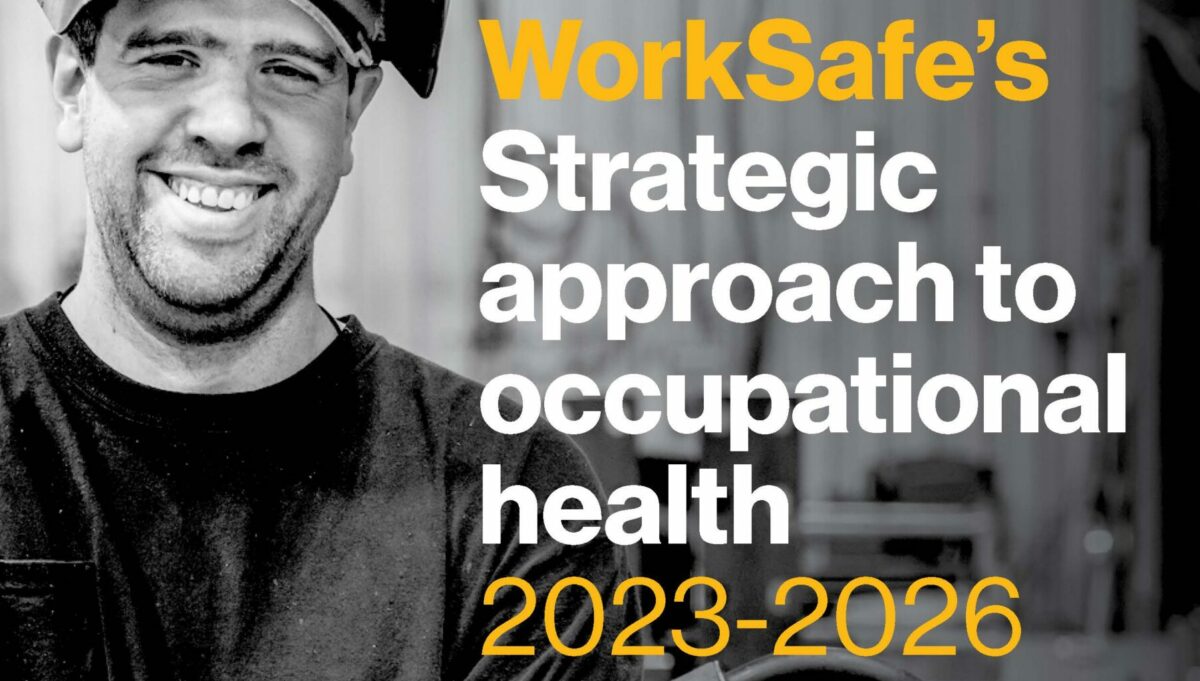New research into working in excessive heat concisely summarises the socioeconomic impacts but misses the obvious strategies to prevent or diminish these impacts. It also includes impacts on productivity, but heat and climate change are not in the current Australian business group discussions about productivity. Those groups could benefit from understanding Gwarda.
Category: change
Can OHS institutions be change agents?
Last night Sharan Burrow delivered the 2023 Laurie Carmichael Lecture in Melbourne. Her lecture was a little rambling and full of essential industrial and environmental changes but with little innovation on how to achieve them. (A transcript will be publicly released shortly) There was, however, an opportunity to ask her about the role of occupational health and safety institutions as change agents. Her response is below.
Do you fix the fish or the aquarium?
Guest post from Jason van Schie
We can all (hopefully!) agree that looking after workers makes sound business sense. Look after your workers, and they will look after you.
So what is the best way to care for employees? By responding to their symptoms of distress through provision of reactive services like EAP [Employee Assistance Program] and resilience apps (fixing the fish), or by improving the design, management and social interactions at work (the aquarium)?
Let’s park that question for a minute and consider two questions:
1) What happens when we fix the worker but not the work? and
2) If population health is the goal, which approach is more likely to achieve the desired result?
You can lead an employer to the law, but you cannot make them comply
Recently WorkSafe Victoria distributed two strategy documents to one of its reference groups. (They are not yet publicly available.) SafetyAtWorkBlog has seen the “Strategic approach to occupational health 2023-2026” and “Transport Fatality Prevention Strategic Approach 2023-2026”. The first includes the following occupational health categories:
Is the OHS role in ESG overstated?
The March 2023 edition of Professional Safety, the journal of the American Society of Safety Professionals, included a lead story about the safety professional’s role in ESG (Environment Safety and Corporate Governance) strategies. Its perspective was a little unclear and was based on many assumptions.
One of the problems with the article is the assumption that the occupational health and safety (OHS) professional has a large influence over the decisions of the business. That is rarely the case, and there are many instances of OHS being sidelined or compartmentalised by structural and reporting lines and the exclusion of OHS from key decision forums like Board Meetings. So does OHS have a role and to what extent?
Return to Office demands miss the point
This week a colleague told me that the return to the workplace demands by companies is the most significant issue for 2023. Perhaps, but it is no longer a significant occupational health and safety (OHS) challenge. The directions of company executives are couched in terms of productivity and management comfort. A short while ago, the cause of pre-vaccine tension was masks, hygiene, “dirty” public transport and mandatory vaccinations.
The issues have shifted from the avoidance of infections to the anxieties of returning to the office, which coincidentally places the issue in the OHS contexts of psychosocial issues and worker welfare.
Stress reenters the research vocabulary and we are all better for it
Work is making people sicker, according to a recently published research report from the University of Melbourne. The “2023 State of the Future Work – A Work Futures Hallmark Research Initiative Report” said:
“Critically, we find almost three-quarters of people with a chronic illness (73 percent) say that their health condition was caused or worsened by the stress associated with their job.”
page 15
It is good to see the various incarnations of work-related mental health conditions being brought back to the collective and specific term of Stress.







